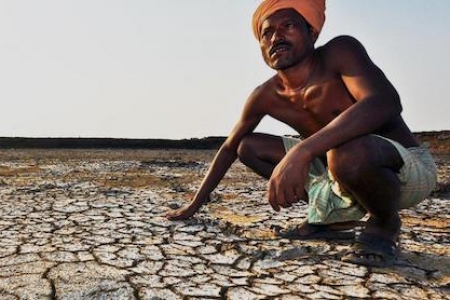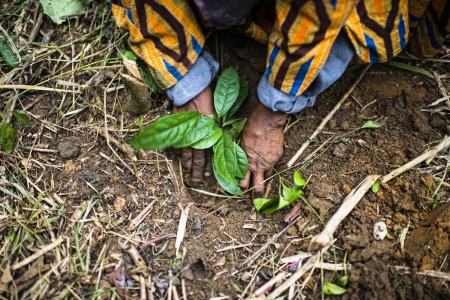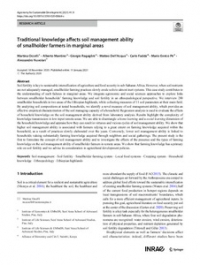The project aims to restore degraded soils and agro-ecosystems in order to enhance the productivity, profitability, resilience, and generation of ecosystem services in agricultural landscapes that are highly vulnerable to climate change, through the adoption of improved climate-smart agroforestry and silvo-pastoral based systems (AFS) by smallholder communities. Agricultural systems provide food, feed, fiber, and fuel to sustain the livelihoods of local populations. These basic services and people’s livelihoods depend on complex webs of ecosystem services (ES) that control risks, vulnerability, and resilience to shocks. Land degradation, largely caused by poor management such as burning and overgrazing, diminishes landscapes’ ability to provide this range of ES, and reduces the ability of populations to respond to social and ecological pressures. Moreover, degraded natural resources increase the vulnerability of the poor to external stresses. It is now widely accepted that reversing land degradation requires integrated management across scales. The proposed work will use a cross-scale systems approach to restore degraded agro-ecosystems and generate multiple ES at plot (sustainable increase in productivity) and landscape (improved use of natural resources). Specifically in 2015, this project will: 1) Document management practices and data on the impact of improved AFS strategies on crop production, soil fertility at the plot scale 2) Document information and develop protocols to examine costs and benefits of AFS to farmers. 3) Document information and develop protocols to quantify environmental costs and benefits at landscape scale and explore promising mechanisms to compensate farmers for ecosystem services. 4) Document information and develop protocols for Extrapolation Domain Analysis. 5) Identify with farmers and other key development partners key components of AFS that should be combined and managed on degraded lands to enhance the multi-functionality of these systems (6) Improve the capacity of technicians and farmers and local organizations to design more diverse and sustainable farming systems, including crops, livestock and trees.
menu











